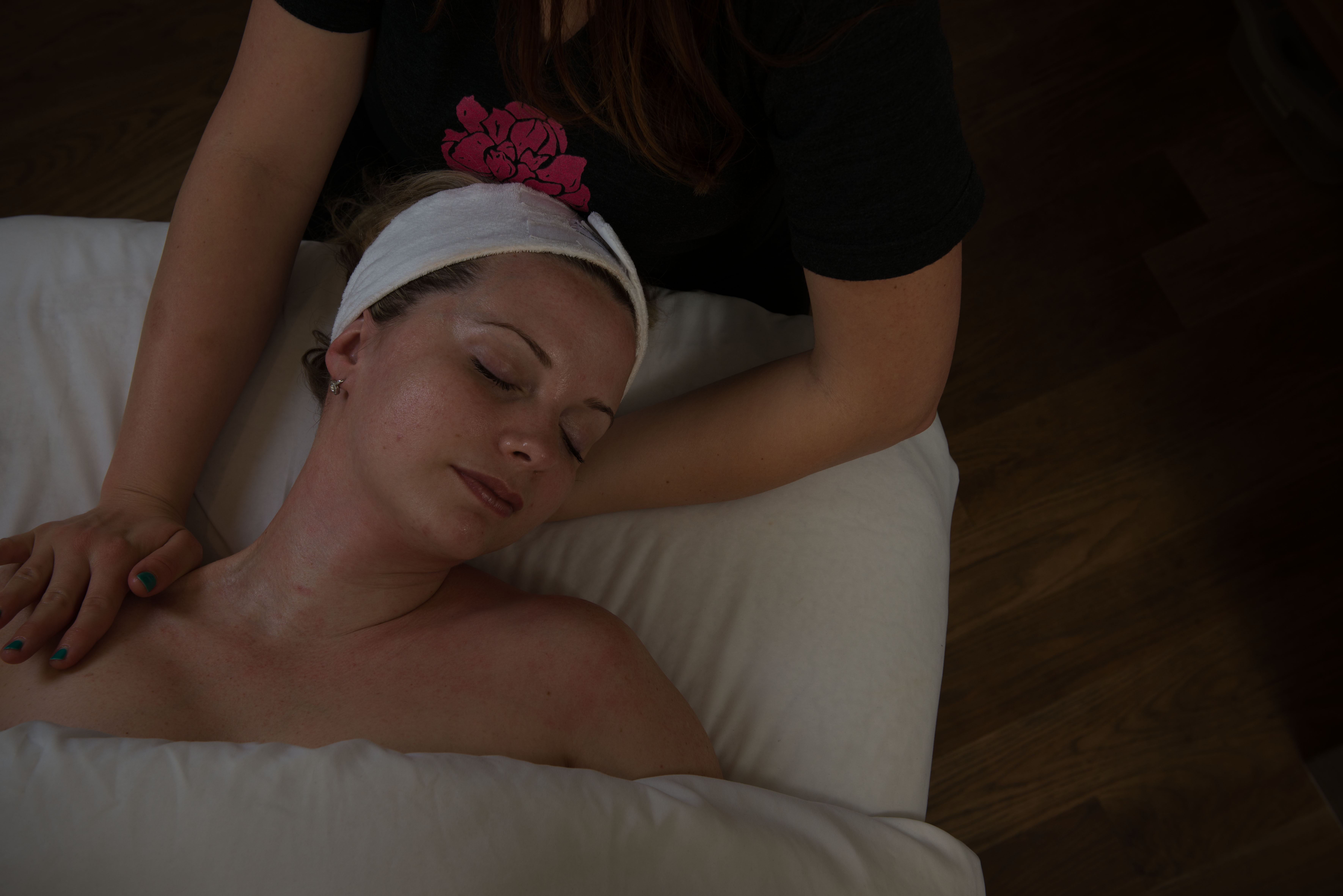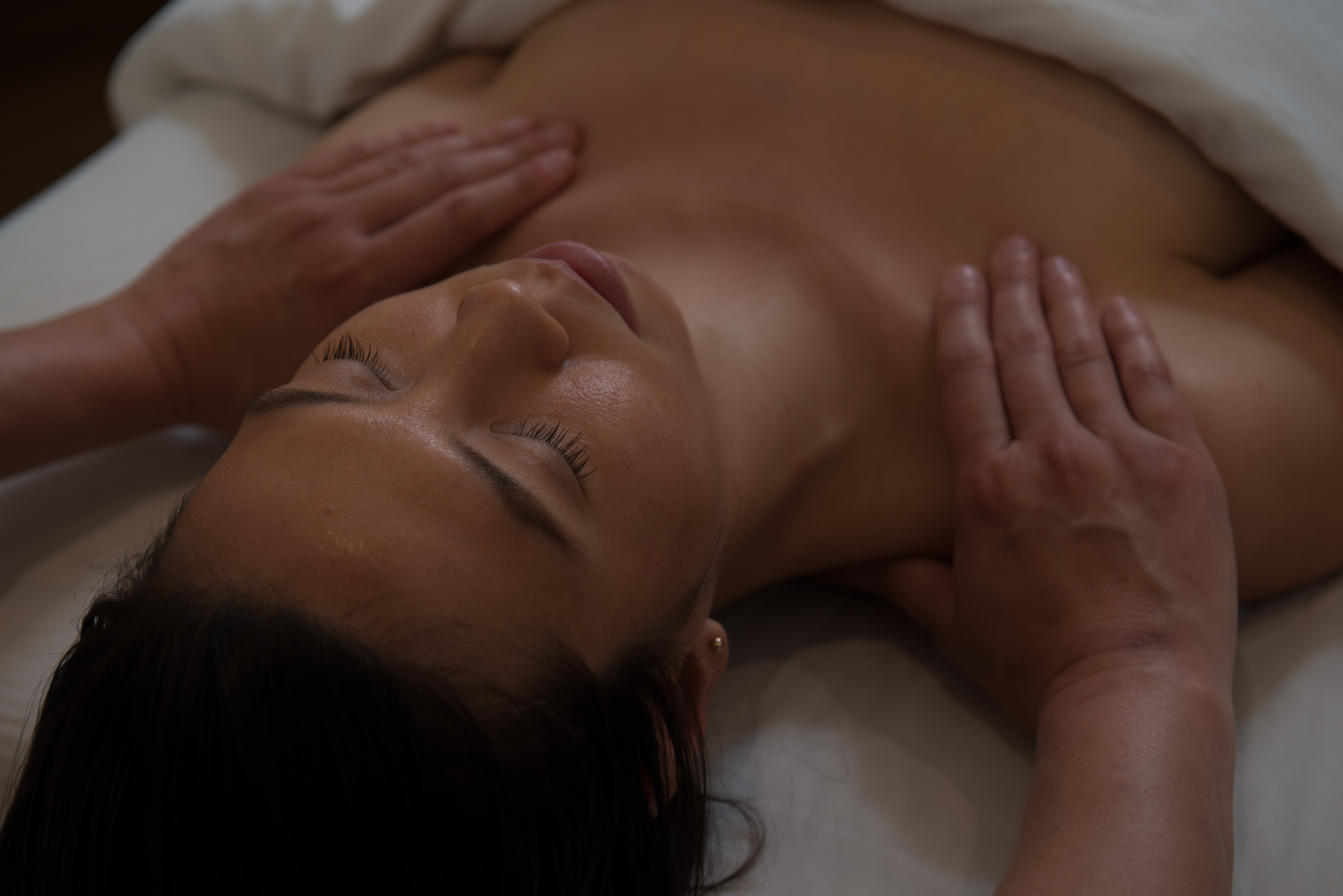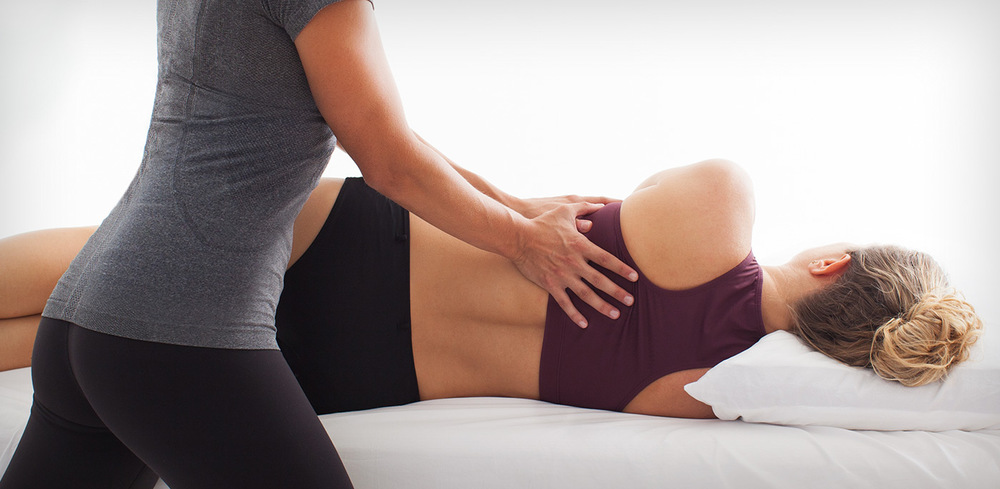Matt is one of our fantastic massage therapists at the downtown milk + honey spa. In this article, he discusses the benefits of finding a balance with your massage therapist.
Finding the Balance With Your Massage Therapist
When it comes to massage, it really does come down to different strokes for different folks. The give and take inherent in any bodywork exchange reminds me a lot of a dining experience. The menu outlines your options, for which you have a provider, and you mostly understand what to expect. But the entire exchange is predicated on those expectations. Generally speaking, a successful exchange occurs when a chef’s expectations match or exceed that of the diner.
Have you ever gone to dinner with a friend, ordered the same thing as one another, and had totally different reactions to the experience? How did that happen? Presumably the same hand is behind the creation of both dishes, presumably creating from the same ingredients under the same conditions of production.
I bring it up because something similar plays out throughout the entire duration of any service at the spa. I do not mean to suggest there is no such thing as objective standards in the realm of massage, or facials, or dining, but I would like to point out that the energies playing out during any service in the spa is subject to the influence of both the personal preferences and expectations of the client and the practitioner.
Basically, though it would be pretty rare and represents an extreme case of the phenomenon, you could have a wonderful service and thoroughly hate it at the same time. The case of harmonizing expectations or assumptions is a constant factor for any exchange between a client and a provider. You and a given therapist may never really click, but an intelligent consumer of services may be able to control the quality of the service they receive to the extent that they can identify this constant.
I only bring this up because of how it enable diplomacy. I think most people live their lives based on assumptions. We have to base our actions on assumptions because we would never get anything done if we didn’t.
If we begin at the most convenient case, it would be a case where two people have mutual goals for the exchange. In this case let us assume that the practitioner and client both want the client to receive a great massage. The practitioner assumes a great massage satisfies certain requirements, and the client does as well. Those assumptions may or may not match, and that will create an experience of harmony or disharmony.

Different Strokes for Different Elefolks courtesy of w00kie
What the two parties are selecting for their wish and action could be as separate as day and night. Some of this is inherent in the vagueness of the language. Take a client that “just wants to relax.” If I work on them the way my body would need to be worked, they may not be happy. I cannot relax if someone is just petting me like a cat and talking my ear off. I want quiet, variety, medium deep pressure, and if I’m honest, I want some knots worked. Swedish isn’t relaxing to me, but I find conservative deep tissue massage extremely relaxing, while too much is … simply too much. I also do not think it is that relaxing to have an overly clinical massage that doesn’t have any art in it. I like a little yin with my yang, and I feel like a good massage leaves me feeling better for the week, not just the day.
Not all of my clients agree. Some of my clients want to be worked briskly and lightly, others want to feel like they are stepping down from a raft that has been gently bobbing up and down when they’re done, and on occasion my clients cannot relax unless I bury my knee in their back.
Practitioners can vary the speed, depth, rhythm, approach, priorities, and techniques in a given session. They can even change the music or temperature of the room. Most of them cannot read your mind, and even your body language may be hard to read.
The client on the other hand, may be rightly concerned about hurting the therapist’s feelings, which contributes to the quality of work they do. So, what should be done if their expectations fail to harmonize?
If it is in the beginning of the session, you can wait and see. I have seen many therapists change their “tone” for lack of a better word, based off what they feel. Personally, I will not go deep into muscle tissue without trying to warm it up a bit first. If the session is not meeting your expectations, identify what it is you would rather not experience, and then lie about it. No really, “That feels good, but…” Then reveal the truth in the form of a question, “Can you slow it down?” Basically what you will be doing by adopting this approach is building rapport with your therapist in such a way that it builds harmony. I mean, if you’re nice about it.
You are allowed to reiterate or clarify your goals, “I appreciate the attention to that area, but it’s a little overwhelming, and I really just want to zone out.” You are also allowed to change your mind about what you want, and you can redirect your therapist based off of what you have felt so far. “It feels really good when you work that area like that, will you hang out there?”
Actually, you are also allowed to be really abrupt, abrasive, or obnoxious about it, and a good therapist will try to comply. Let’s face it though, honey’s better than vinegar.
I know it can be tough catching the therapist at the right moment, but I think it is worth the effort to get what you want. There will probably be a small period of adjustment, but if you make the assumption that your therapist wants you to enjoy this, and is talented enough to adjust what they are doing, you may better approximate your experience at the table so that you won’t have to complain about it later.












